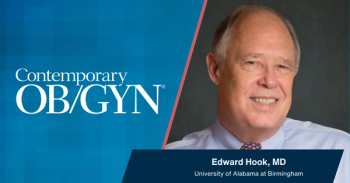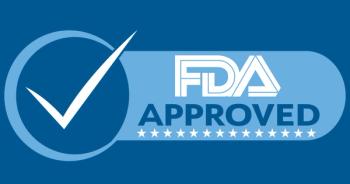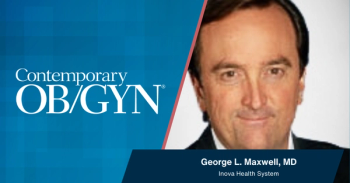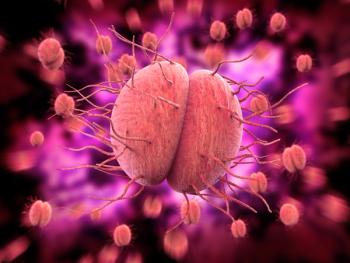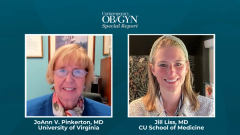
Special Report: Positioning emerging treatments relative to established options
Experts compare hormone and nonhormonal options for menopause, emphasizing tailored care, persistent symptom relief, and safe use of local estrogen.
Episodes in this series

In the ninth episode of the Contemporary OB/GYN Special Report series, JoAnn V. Pinkerton, MD, and Jill Liss, MD, MSCP, FACOG, discussed how newer nonhormonal treatments fit into the evolving landscape of vasomotor symptom (VMS) management alongside established hormone therapy options.
Liss noted that hormone therapy remains the first-line treatment for most healthy women early in the menopause transition. “Hormone therapy does remain the first line in therapy for healthy people without contraindications,” she said, adding that shared decision-making and patient preference are key factors in determining treatment. “Sometimes that preference remains, and in those cases, that’s where these [nonhormonal] medications really have such an important presence.”
Pinkerton elaborated on the broader systemic benefits of hormone therapy beyond vasomotor symptom control. “Hormone therapy has benefit on hot flushes, on sleep, on mood, but it also reduces bone loss,” she said. “The neurokinin therapies are going to work on the hot flushes, sleep, mood—they’re not going to help bone, they’re not going to worsen bone, but they’re not going to help bone.” She added that systemic hormone therapy may also provide benefits for vaginal and bladder health, though these effects are not replicated with neurokinin receptor antagonists.
The conversation also addressed older women who continue to experience VMS beyond age 70. Liss highlighted that roughly 10% of women have persistent symptoms into later life.1 “It’s nice to have an effective option for those people,” she said, noting that nonhormonal therapies may serve women who missed the optimal treatment window for hormone therapy or have developed new contraindications.
Pinkerton further emphasized the safety and importance of local vaginal estrogen therapy, even for women not using systemic hormones. “Despite the box warning, it really is a primarily local therapy and doesn’t increase the risk of breast cancer, heart disease, stroke, blood clots, or probable dementia,”2 she said. Liss concluded by underscoring its underuse: “If nothing else, let our discussion today be a PSA that we can start local vaginal therapies for basically anyone at any age—and probably we should be almost all of the time.”
Our Experts:
JoAnn V. Pinkerton, MD, division director, Midlife Health Center, University of Virginia.
Jill Liss, MD, MSCP, FACOG, associate clinical professor of Obstetrics and Gynecology, University of Colorado School of Medicine.
Liss has no relevant disclosures to report. Relevant disclosures for Pinkerton include Bayer.
References:
- Shepherd JA, Shiozawa A, Schild AL, Singh D, Mancuso SA. Survey of patient experience and management of vasomotor symptoms due to menopause from the PatientsLikeMe community. Menopause. 2024;31(11):979-986. doi:https://doi.org/10.1097/gme.0000000000002427
- Vaginal estrogen tablets may be safe for postmenopausal women who have had a stroke. American Heart Association. 2025. Accessed October 17, 2025. https://newsroom.heart.org/news/vaginal-estrogen-tablets-may-be-safe-for-postmenopausal-women-who-have-had-a-stroke
Newsletter
Get the latest clinical updates, case studies, and expert commentary in obstetric and gynecologic care. Sign up now to stay informed.

